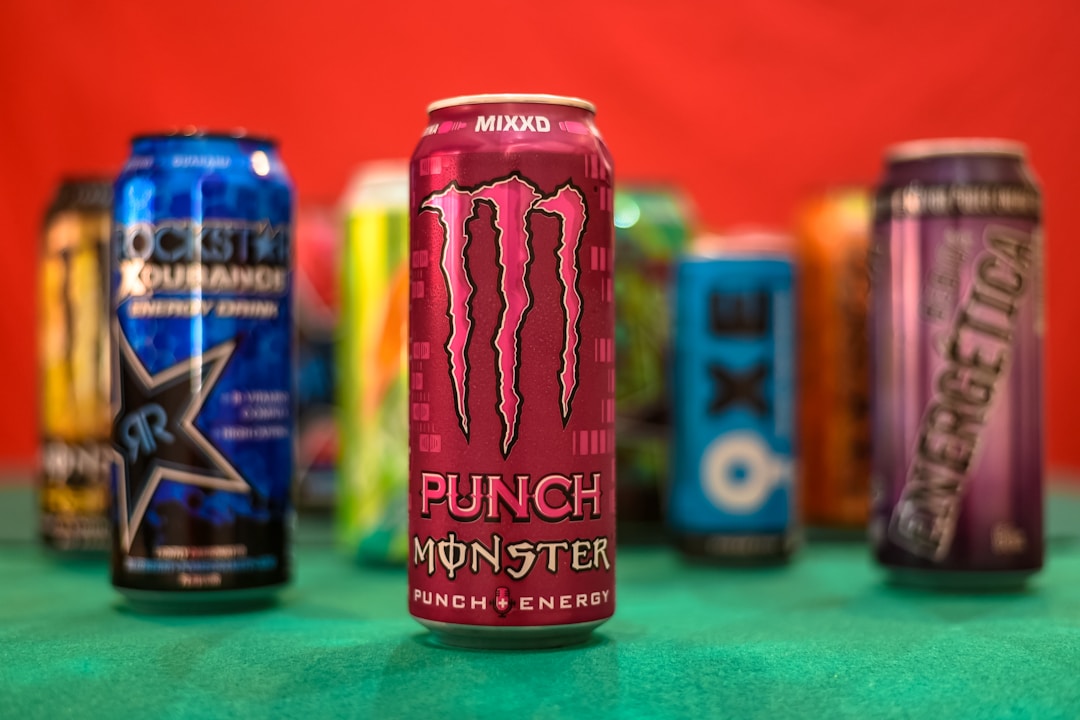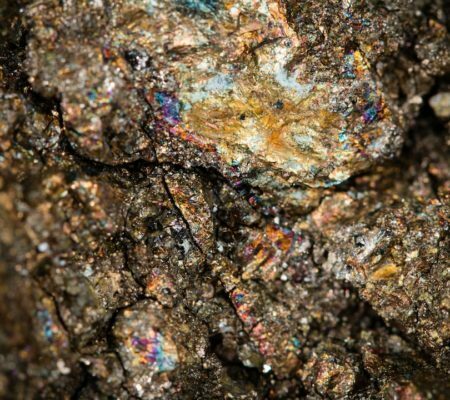How Are Energy Drinks Made?
The popularity of energy drinks has soared in recent years, fueling both the workout sessions of athletes and the late-night study marathons of students. These beverages promise a quick boost of energy through a combination of caffeine, sugars, vitamins, and herbal extracts. But have you ever wondered about the process of making these drinks? Keep reading as we answer the question, how are energy drinks made?
Understanding the Basic Components of Energy Drinks

Energy drinks owe their stimulating properties to a carefully selected blend of ingredients. At the heart of every recipe is caffeine, the central nervous stimulant that wards off fatigue. It’s sourced from various natural ingredients like coffee or tea extracts, or it may be synthetically produced. Accompanying caffeine is often a sizable dose of sugar, providing the quick release of energy that consumers feel upon consumption.
Beyond caffeine and sugar, these drinks typically contain an array of B vitamins, which play vital roles in energy metabolism. Taurine, an amino acid, is frequently added for its potential to improve mental performance and physical endurance. Some brands also incorporate herbal extracts such as ginseng or guarana for their perceived health benefits and additional caffeine content.
While these ingredients form the foundation, the taste is equally critical. Flavors and colorants are integrated to appeal to the consumer’s palate, while acidity regulators and preservatives ensure a consistent and safe product. These drinks can also be fortified with electrolytes to appeal to athletes looking to replenish minerals lost during exercise.
Understanding and sourcing high-quality ingredients are just the first steps. Manufacturers must mix these components in precise proportions to achieve the desired flavor and effect. This leads us to the behind-the-scenes look at crafting the signature formulas of these popular beverages.
Crafting Energy Drink Formulas

Creating an energy drink begins long before any actual manufacturing occurs; it starts with extensive research and development. Specialists, including food scientists and nutritionists, work on crafting a unique formula that not only provides an energy boost but also tastes great. They juggle several variables, adjusting ratios of sweetness to bitterness and balancing herbal undertones.
Prototypes are made in labs where small batches undergo rigorous testing. Taste panels and focus groups offer feedback, fine-tuning the product until it hits the right notes. Understanding the target market is essential – younger consumers may prefer sweeter, more brightly colored drinks, while health-conscious individuals might lean towards sugar-free options with natural flavors.
Once a formula is decided upon, the recipe is scaled to industrial portions. Precision in this scaling process is paramount to maintain the drink’s intended taste and effects. This stage involves careful calculation and often high-tech equipment to ensure consistency from one batch to the next. Only after a recipe is perfected does it move to the full-scale manufacturing phase.
Manufacturing Stages
The first industrial step in energy drink production is the mixing of dry and liquid ingredients in large vats. Consistency is critical; therefore, manufacturers use advanced mixers to ensure that every particle of sugar, vitamin, and flavoring is evenly distributed. This blending must be performed under sanitary conditions to prevent contamination and maintain the product’s purity.
After mixing, the liquid may be carbonated. This process involves infusing the beverage with carbon dioxide under pressure, creating the effervescent texture that many energy drinks have. It’s an exact science, as too much carbonation can alter the drink’s flavor and consistency, and too little can lead to a flat final product.
Next, the beverage is transferred to the filling line, where it’s poured into cans or bottles. Packaging is an integral part of the product, not just aesthetically but functionally, as it must protect the product from light and air, which can degrade the ingredients over time. It’s also at this stage that products are coded with batch numbers and expiration dates, which is crucial for traceability and quality assurance.
Post-packaging products are typically pasteurized or sterilized to eliminate any potential contaminants. This ensures a longer shelf life and a safe product for consumption. The final goods are then prepared for shipment, reaching various distributors and retailers where they are ready for consumers to grab off the shelves. The thoroughness of each phase in production hinges on strict quality control and standards for safety.
Overall, the creation of energy drinks is a fascinating blend of science, manufacturing savvy, and stringent quality control. As the industry evolves, companies continue to innovate to meet consumer demands for both performance and taste while keeping an eye on sustainability and environmental responsibility.



